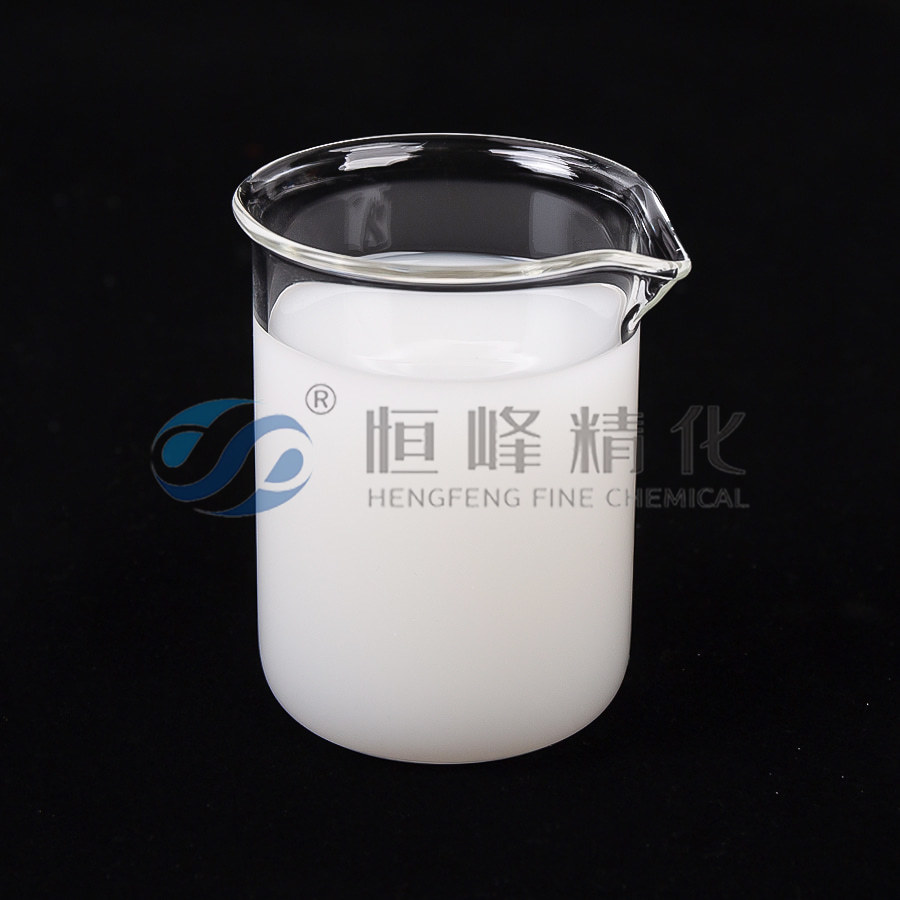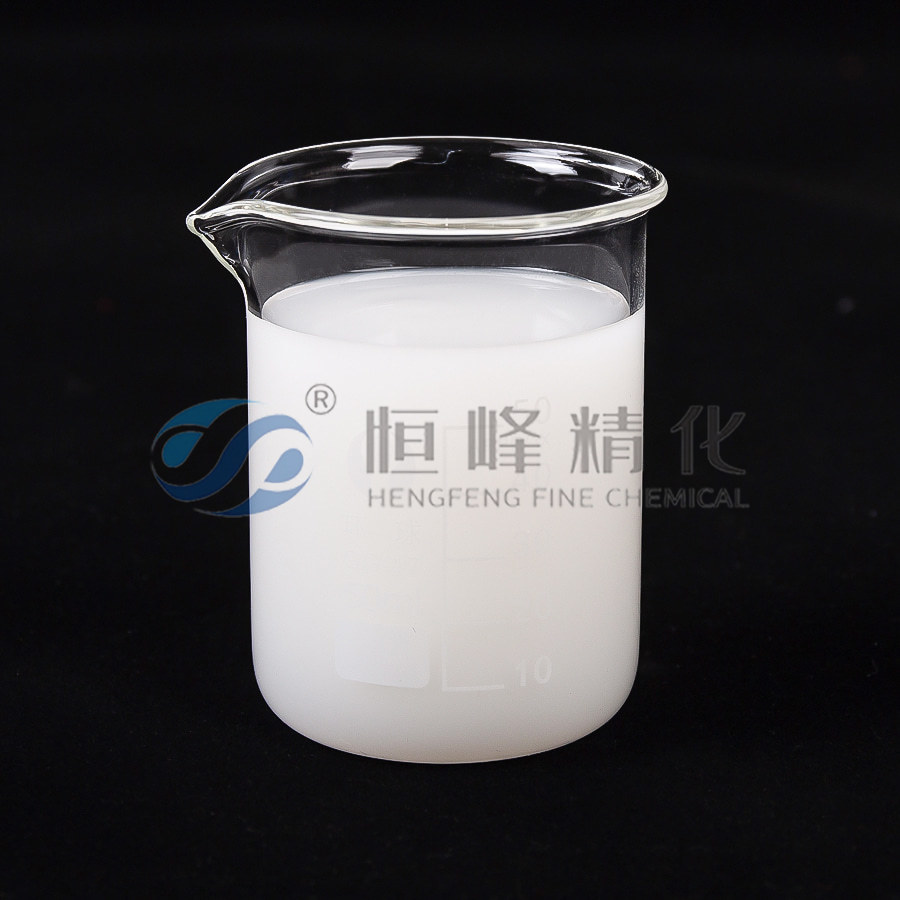How do flocculants improve solid-liquid separation in mineral processing?
Flocculants are essential chemicals in the realm of mineral processing, pivotal in enhancing the efficiency of solid-liquid separation processes. In mineral processing operations, the challenge often lies in effectively separating valuable minerals from the surrounding gangue or in clarifying process water for reuse or discharge. Flocculants play a crucial role in overcoming these challenges by facilitating a more efficient solid-liquid separation process.
Understanding Flocculation in Mineral Processing
Flocculation is the process by which fine particles suspended in water aggregate into larger clusters, known as flocs, under the influence of flocculants. These chemicals function by neutralizing the surface charges of the suspended particles, which typically repel each other due to electrostatic forces. By neutralizing these charges, Mineral Processing Flocculant enable the suspended particles to come into close proximity and form bonds with each other.
Mechanism of Action
When flocculants are introduced into the mineral slurry, they interact with the suspended particles. This interaction can occur through various mechanisms depending on the type of flocculant used (e.g., polymeric, inorganic). Typically, flocculants adsorb onto the surfaces of the particles, causing them to aggregate and form larger flocs.
Enhanced Settling and Clarification
One of the primary benefits of flocculation in mineral processing is the improvement in settling rates during sedimentation processes. The larger flocs formed settle much faster under gravity than individual fine particles. This accelerated settling rate not only speeds up the separation process but also enhances the clarity of the overflow (clarified liquid phase).
Improved Filtration Efficiency
In filtration processes, flocculants contribute to the formation of larger and more permeable filter cakes. This reduces the resistance to liquid flow through the filter medium, thereby improving filtration efficiency. The result is a clearer filtrate and a higher concentration of solids in the filter cake, which can be beneficial for downstream processing steps.
Optimization of Mineral Recovery
By promoting the formation of larger flocs, flocculants increase the concentration of valuable minerals in the underflow (concentrate). This optimization of solid-liquid separation directly translates to higher mineral recovery yields from the ore. In mining operations, where maximizing the extraction of valuable minerals is paramount, flocculants play a critical role in achieving economic efficiency.

Environmental and Operational Benefits
Beyond enhancing recovery rates, flocculants also contribute to environmental sustainability in mineral processing. They enable the efficient treatment of process water, reducing the volume of wastewater that requires disposal. This not only minimizes environmental impact but also aligns with regulatory requirements for water discharge standards.
Considerations and Challenges
While flocculants offer significant benefits, their effectiveness can be influenced by factors such as ore composition, pH levels, and process conditions. It is crucial to select the appropriate type and dosage of flocculant based on specific ore characteristics and operational requirements to achieve optimal results. Moreover, handling and storage of flocculants require adherence to safety protocols to mitigate potential risks.
Future Directions and Innovations
The field of Mineral Processing Flocculant technology continues to evolve with ongoing research focused on improving efficiency, reducing environmental footprint, and exploring alternative formulations. Innovations in flocculant chemistry aim to enhance performance under diverse mineral processing conditions and address sustainability challenges.


 English
English Español
Español عربى
عربى Русский
Русский Tiếng Việt
Tiếng Việt
















